How to Fix a Frozen Toilet Bowl During Winter
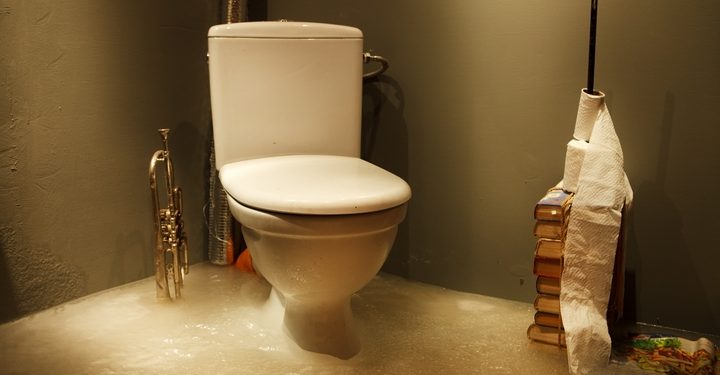
During winter, there are many instances of frozen pipes, drains, cisterns, sinks, and toilet bowls. When water freezes, it expands. This is the most common cause of burst pipes and cracked toilet bowls. If left for some time during winter, the water in a toilet bowl will ultimately freeze. This is because static water tends to freeze faster than flowing water. When frozen, water expands and could, therefore, cause damage to the toilet bowl.
While stories of exploding toilet bowls may appear far-fetched, having frozen water in a toilet bowl is a real cause for worry. It could cause it to crack or shatter, worsening an already bad situation. In some cases, it can lead to flooding in the bathroom. Before the problem escalates, make sure you contact an emergency plumber as soon as possible.
Below are eight ways to fix a frozen toilet bowl during winter:
1. Pour Hot Water
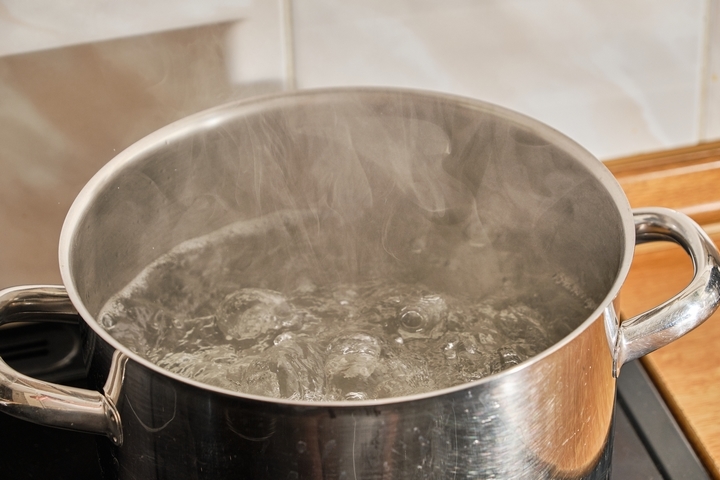
The solution to a frozen toilet bowl is to unfreeze it. Frozen water can shatter your toilet bowl, rendering it useless. To deal with this problem, avoid trying to physically smash the ice using brute force since the force could end up damaging the toilet bowl.
Instead, pour in enough hot water to thaw the ice from the bowl’s sides. Next, take out the frozen slabs by hand.
2. Turn up the Heat
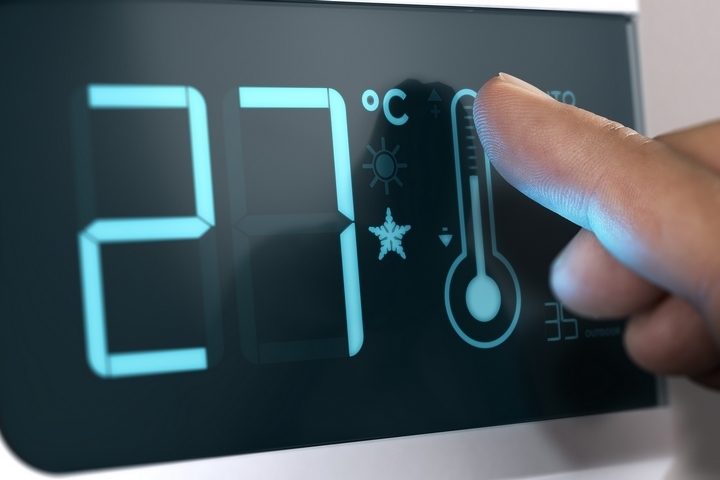
To thaw frozen water in a toilet bowl, or anywhere else in your house, turn up the heat. While this might take some time, turning up the thermostat a few points could be all you need to unfreeze your toilet bowl.
You could also use a high wattage heater in the toilet to bump up the temperature there and get the toilet bowl thawing. However, to avoid even more severe issues such as a fire, make sure the heating appliance doesn’t come into contact with water.
Another neat trick is to use an infrared lamp. Place an infrared lamp close to the frozen toilet bowl. With time, the infrared lamp’s heat will defrost the bowl. Other methods involve raising the temperatures in the toilet by heating up the bowl using an infrared lamp or by placing a high wattage heater inside the toilet to thaw the frozen water.
3. Use a Heat Lamp
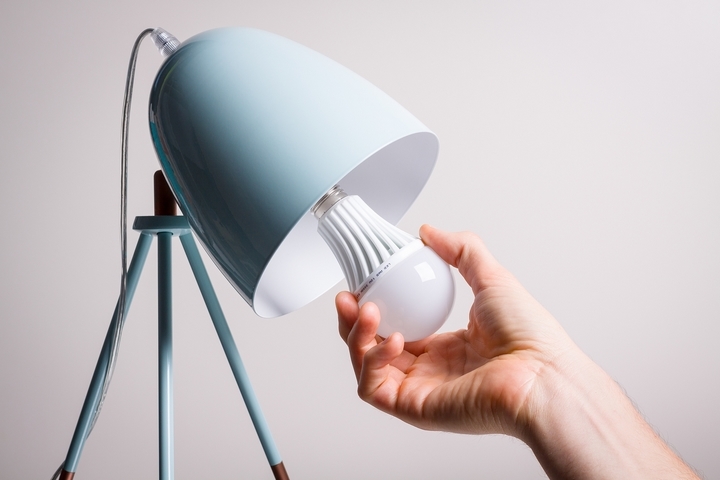
You can use a portable space heater or a heat lamp to unfreeze a toilet bowl. Position the device next to the toilet bowl to allow the indirect heat to thaw the ice in the bowl quickly. You should adhere to the precautions and comply with safety measures for the device you’re using.
You should also make sure the device doesn’t come into contact with water.
4. Use a Hair Dryer
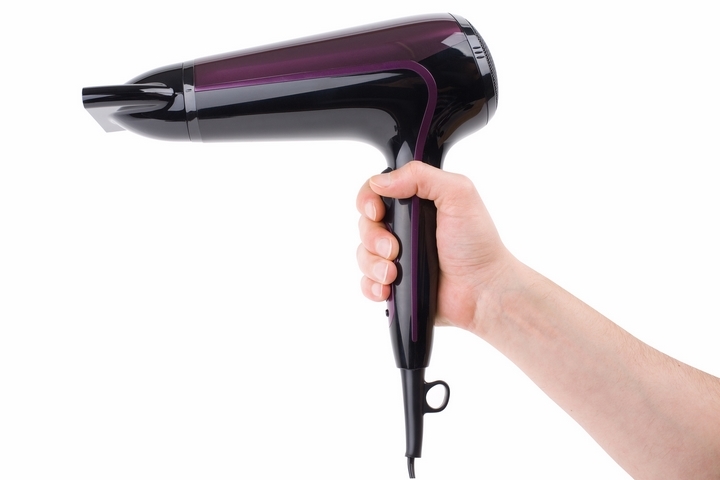
A hairdryer is a handy tool to have in the house, and not just for your hair, especially during winter. If your toilet bowl is frozen, direct the dryer to where the frozen ice is, especially around the sides of the bowl until it thaws out enough to remove the frozen slabs.
Since using a hair dryer may be effective, you may assume that similar tools will be able to fix a frozen toilet bowl. Even though using a hot air gun or a naked flame might seem faster, but it induces an extreme variation of temperatures. This could shatter your ceramic and melt any PVC.
Besides, if your toilet bowl is frozen, it’s likely the water in the cistern is also frozen. Once you have unfrozen and cleared the bowl and flushed the toilet, you’ll realize you still have ice in the tank. Hot air and hot water could damage seals inside a cistern. It could also end up starting a fire in your home.
5. Use Saltwater to Defrost the Frozen Toilet Bowl
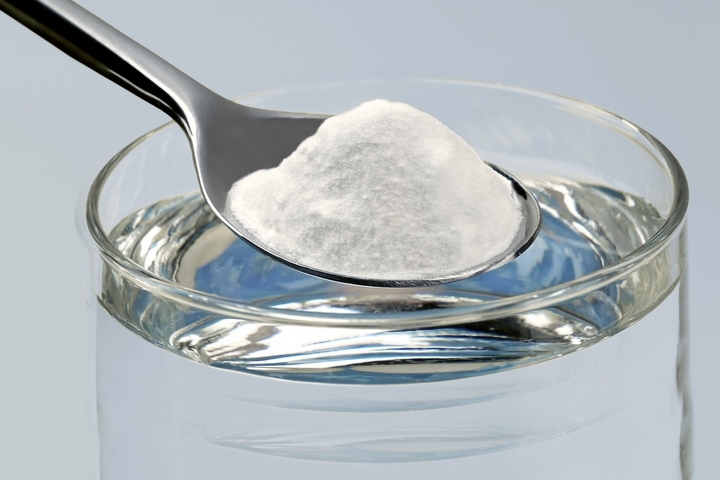
Among the many ways of fixing a frozen toilet bowl, pouring a mixture of hot saltwater into the bowl is highly effective. Although you can unfreeze a toilet bowl using a hairdryer, a space heater or any other heating mechanism, you can also use saltwater to fix it.
Boil one gallon of water and add salt into it until the salt can no longer dissolve. Pour the hot saltwater mixture into the toilet bowl, concentrating around the sides. Once the ice thaws, remove the frozen slabs and clear the bowl.
6. Use Rock Salt (Sodium Chloride, NaCI)
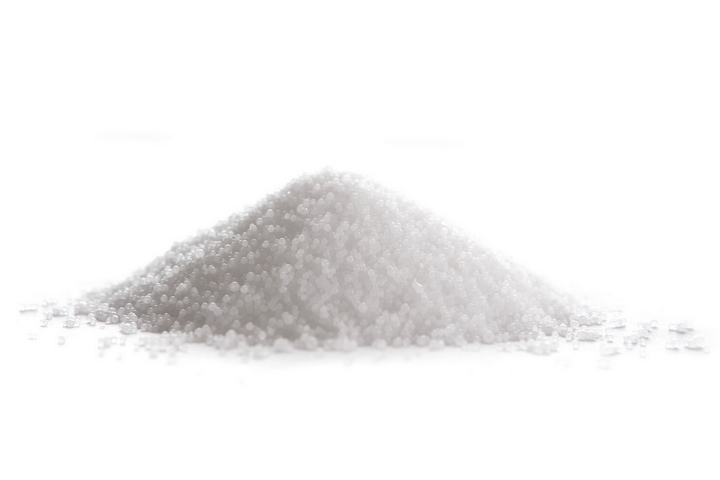
This de-icer is inexpensive and readily available. It is endothermic in nature, hence heating up the room will help it thaw the frozen toilet bowl. This is because rock salt forms an ice-melting brine by drawing heat from the surroundings.
However, to unprotected common metals, rock salt is moderately corrosive. Hence, be careful when using this solution, making sure it doesn’t come into contact with metal.
7. Use Various Chlorides
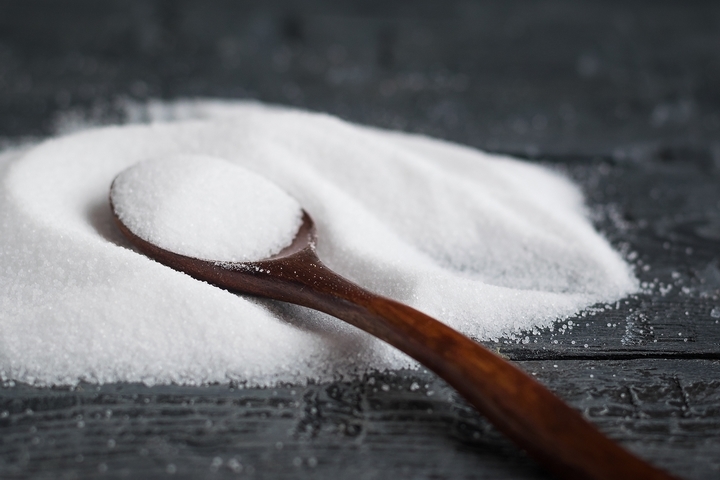
In addition, using calcium chloride, potassium chloride, and magnesium chloride can be effective in fixing a frozen toilet bowl.
- Calcium Chloride (CaCI2): This non-sodium chloride de-icer is hygroscopic and exothermic. This makes it attract moisture from the surroundings and releases heat. This promotes melting. It can, therefore, effectively thaw a frozen toilet bowl.
- Potassium Chloride (KCI): KCI is endothermic. It can effectively thaw ice at -4 degrees Fahrenheit. It melts ice slower than rock salt, calcium chloride and magnesium chloride and has a low-melt volume capability.
- Magnesium Chloride (MgCl2): MgCI2 is both exothermic and hygroscopic. It doesn’t release as much heat as calcium chloride. Its lowest effective temperature is zero degrees Fahrenheit. It can effectively thaw a frozen toilet bowl. To unprotected common metals, magnesium chloride is moderately corrosive.
You can also use ice-melting chemicals that contain rock salt, potassium chloride, urea, magnesium chloride, or sodium chloride to melt frozen water. However, be extremely careful when using these products, since, if mishandled, they can be harmful to the environment.
8. Replace the Toilet Bowl
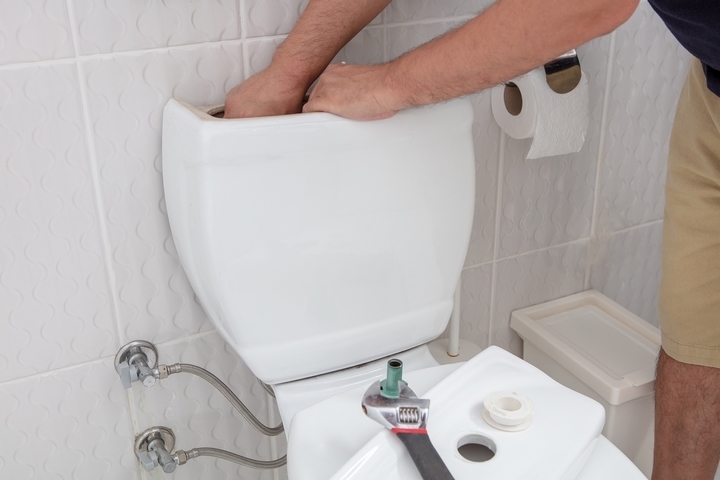
Sometimes the water in the toilet bowl may have expanded enough to shatter or make the toilet bowl crack. Just thawing the frozen water in this instance won’t help since the toilet bowl is already unusable. The best approach, in this case, is to replace it.
At the end of the day, besides unfreezing the water in a toilet bowl, you want to be careful to avoid causing further damage, such as starting a fire or ending up with a shattered toilet bowl. Once you have fixed the frozen toilet bowl, take preventive measures such as antifreeze solutions to prevent a recurrence. You could also winterize your toilet to keep it from getting frozen again.


